 |
Organoids – tiny 3D cell structures – have long been used to study disease and test drugs. However, most organoids lack blood vessels, which limits their size, function, and maturity. For example, kidneys need blood vessels to filter blood, and lungs need them to exchange gases.
Last month, two independent teams reported in the journals Science and Cell how they had created vascularized organoids from the very beginning. They started with pluripotent stem cells, then manipulated their differentiation to create both organ tissue and blood vessel cells at the same time.
“These models really show the power of the new approach,” said Oscar Abilez, a stem cell expert at Stanford University and co-author of the heart and liver study.
Initially, research teams often mixed blood vessel tissue and other tissue separately into an “assembloid” (a test-tube model that combines many organoids or other cells), but this approach still did not fully reproduce the real structure.
The breakthrough came from a serendipitous discovery while growing epithelial cells, several research groups including the University of Michigan found that organoids spontaneously generate more vascular endothelial cells. Instead of eliminating them, they sought to “replicate” this phenomenon in intestinal organoids.
With that clue in mind, Yifei Miao and colleagues at the Institute of Zoology, Chinese Academy of Sciences , attempted to control the co-development of epithelial cells and blood vessel cells in the same culture dish. This was initially difficult because the two cell types required opposing molecular signals to grow. However, the team found a way to adjust the timing of the addition of stimulating molecules, allowing both to grow together.
As a result, the lung organoids, when implanted in mice, differentiated into many cell types, including cells specific to the alveoli – the site of gas exchange. When grown on a 3D scaffold, they self-arranged into structures resembling alveoli. Josef Penninger, an expert at the Helmholtz Center for Infection Research (Germany), assessed this as an interesting step forward.
Similarly, Abilez created heart organoids that contained muscle cells, blood vessels, and nerves. Blood vessels formed tiny branches that snaked through the tissue. This approach also created miniature livers with many tiny blood vessels.
However, current organoids still only replicate the early stages of embryonic development. Penninger says that for organoids to function like real organs, scientists will need to develop larger blood vessels, supporting tissue, and lymphatic vessels. The next challenge is to “open the valves” for the blood vessels to carry actual flow. “This is an incredibly exciting area,” he says.
Source: https://baoquocte.vn/dot-pha-noi-tang-nhan-tao-tu-hinh-thanh-mach-mau-320722.html



![[Photo] The first meeting of the Cooperation Committee between the National Assembly of Vietnam and the National People's Congress of China](https://vphoto.vietnam.vn/thumb/1200x675/vietnam/resource/IMAGE/2025/8/31/f5ed4def2e8f48e1a69b31464d355e12)

![[Photo] General Secretary To Lam presides over the welcoming ceremony for First Secretary and President of Cuba Miguel Diaz-Canel Bermudez](https://vphoto.vietnam.vn/thumb/1200x675/vietnam/resource/IMAGE/2025/9/1/4f6ef5136b90463db3ebdd3d3d83ebe4)
![[Photo] General Secretary To Lam holds talks with First Secretary and President of the Republic of Cuba Miguel Diaz-Canel Bermudez](https://vphoto.vietnam.vn/thumb/1200x675/vietnam/resource/IMAGE/2025/9/1/a2eab2ee4e4a4a81a8c605e46055ab78)
![[Photo] President Luong Cuong receives Chairman of the House of Representatives (Lower House) of the Republic of Belarus Igor Sergeyenko](https://vphoto.vietnam.vn/thumb/1200x675/vietnam/resource/IMAGE/2025/9/1/a67d61e41405410999a43db45a0ba29c)
![[Photo] Marching together in the hearts of the people](https://vphoto.vietnam.vn/thumb/1200x675/vietnam/resource/IMAGE/2025/8/31/8b778f9202e54a60919734e6f1d938c3)


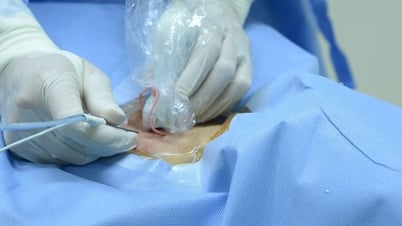

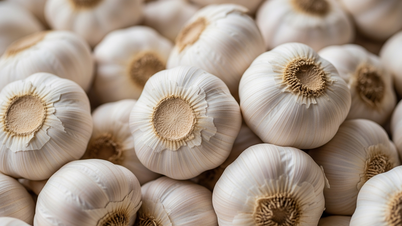
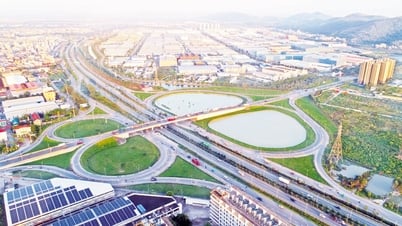

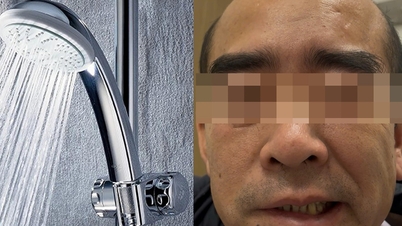





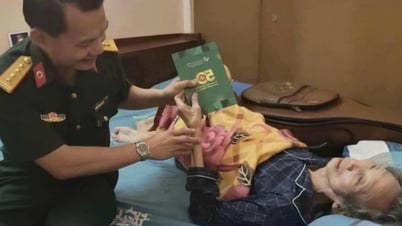

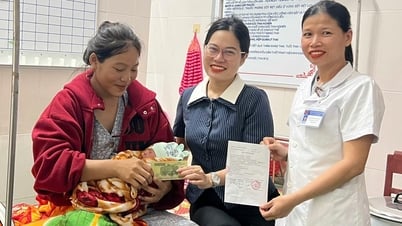








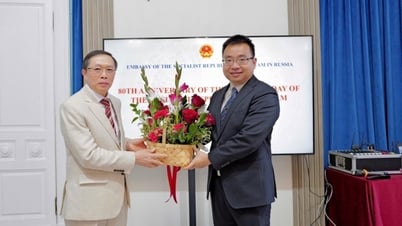

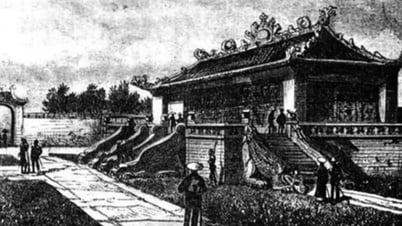
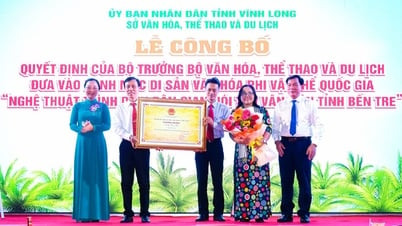

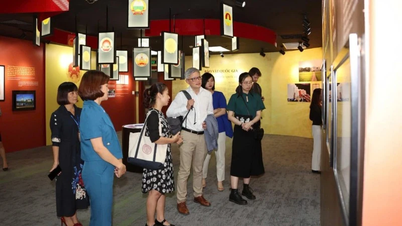






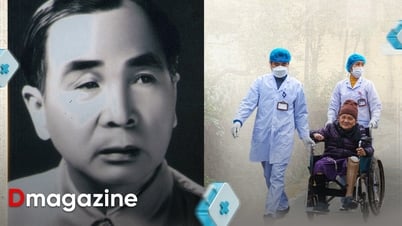
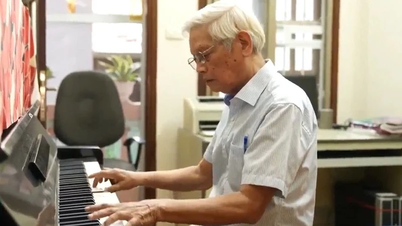
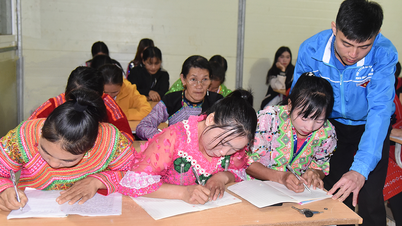



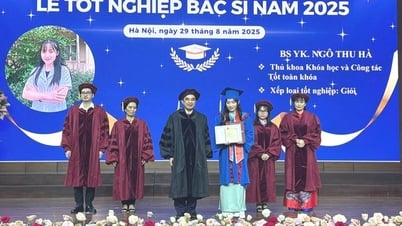














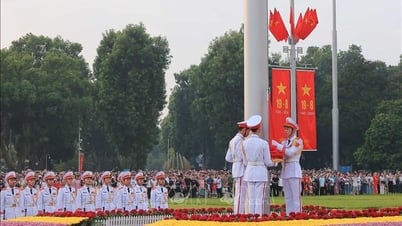






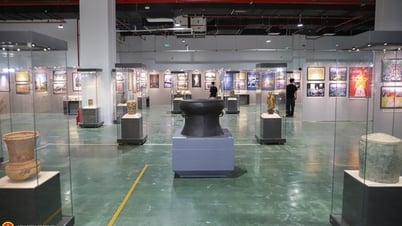

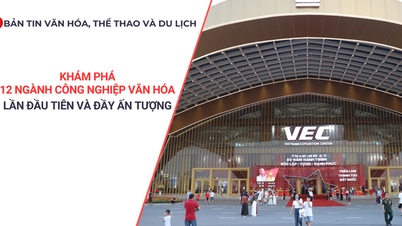

















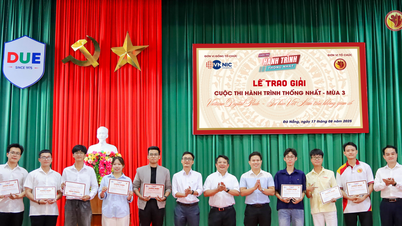



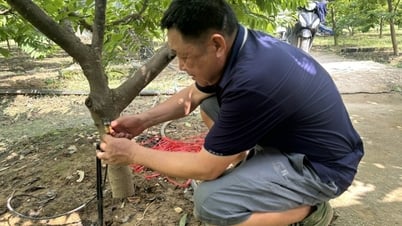
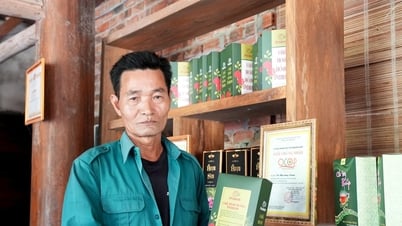





Comment (0)